AC versus fans, heat pumps, radiators, etc
Hello and welcome to my channel. I’ve created this channel because I believe the public, and especially the UK public need to be better educated when it comes to the air conditioning systems.
I’ve seen so many cases where people are using it wrongly and it’s bad for their bills it’s bad for the planet for the environment and it’s also bad for their health.

I’ve been working in offices where just because it was summer in the calendar, the indoor temperature was lower than in the Apls in a good skiing day.


I’ve seen also aircon on lowest temp / highest power and the windows wide opened for “fresh air”. I think they were trying to cool the planet down
I’ve heard people explaining that they put the fan on in the bedroom one hour before going to bed to “cool the room down”

And I’ve also heard about the “cooling” mode of heat pumps – where they pump cold water in the radiators and more important in the floor heating system. Cold feet anyone?
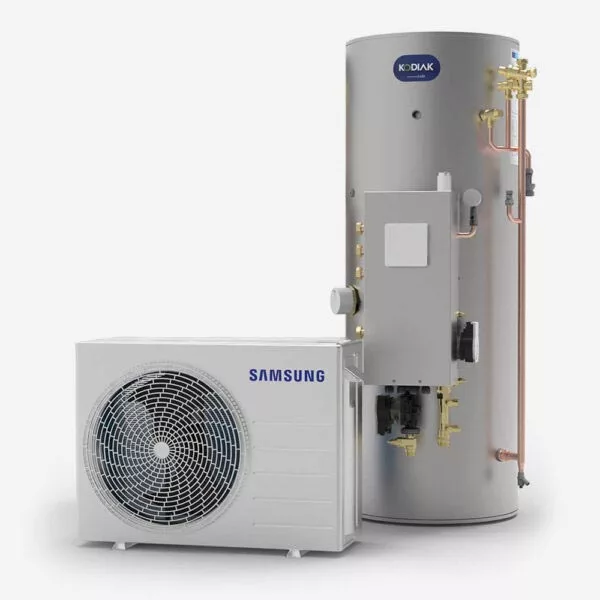
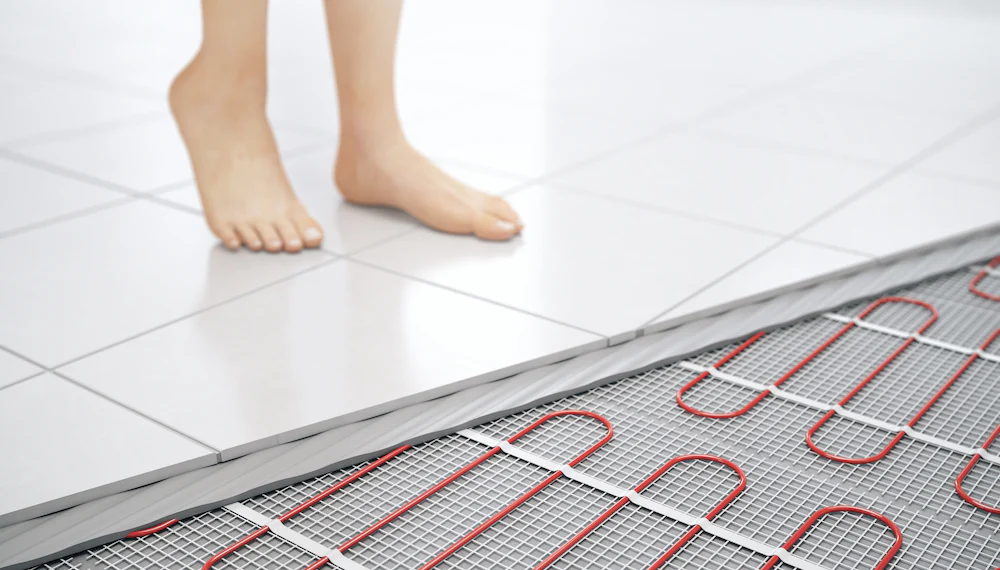
And finally, yeah if only, I’ve heard people swearing on it that the AC in the car is getting them sick and that nobody should use it.
So, firstly about us – who we are? We are a company that supply and install air conditioning systems and we cover the Warwickshire, west Midlands, and the surrounding areas.
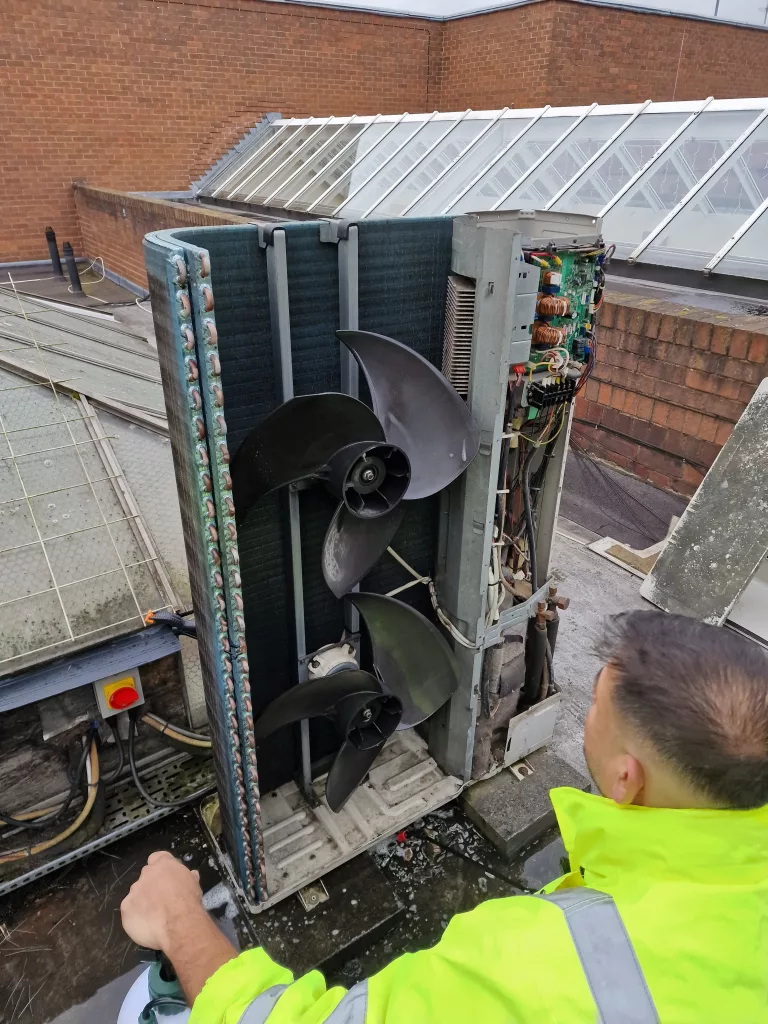
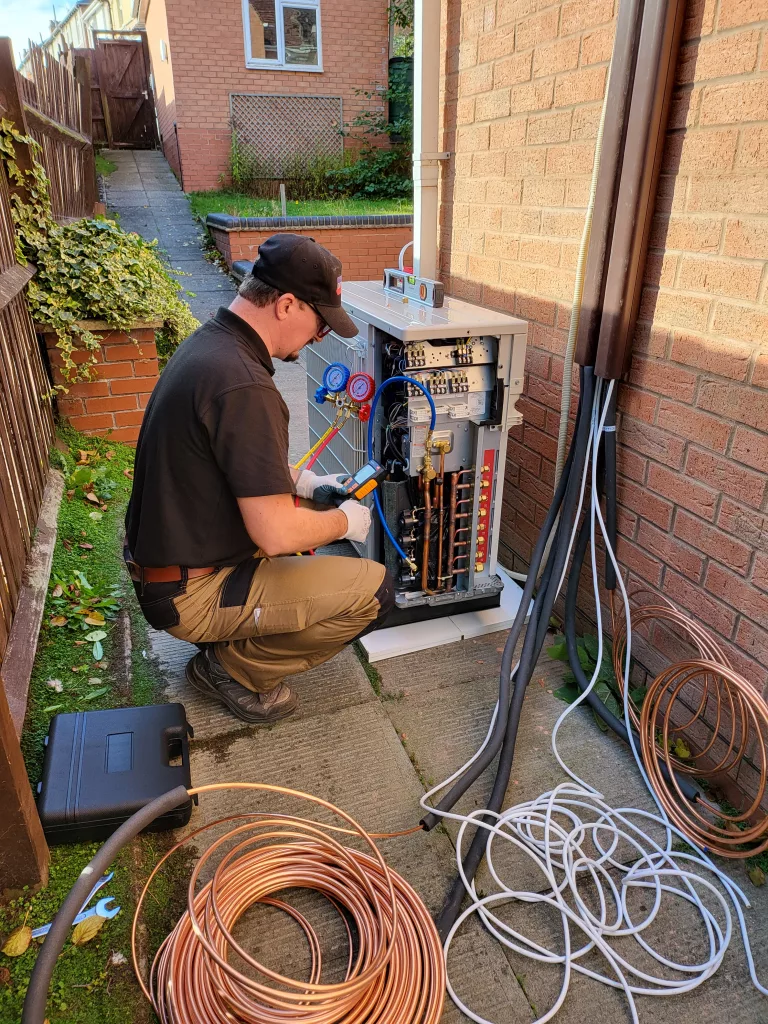
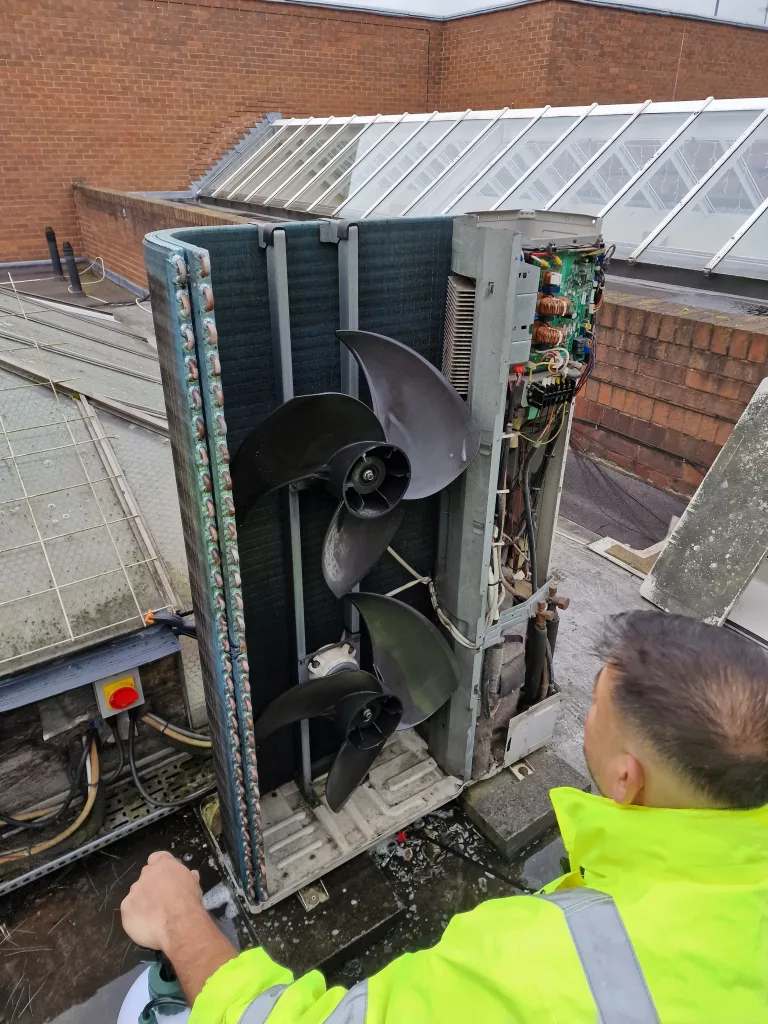
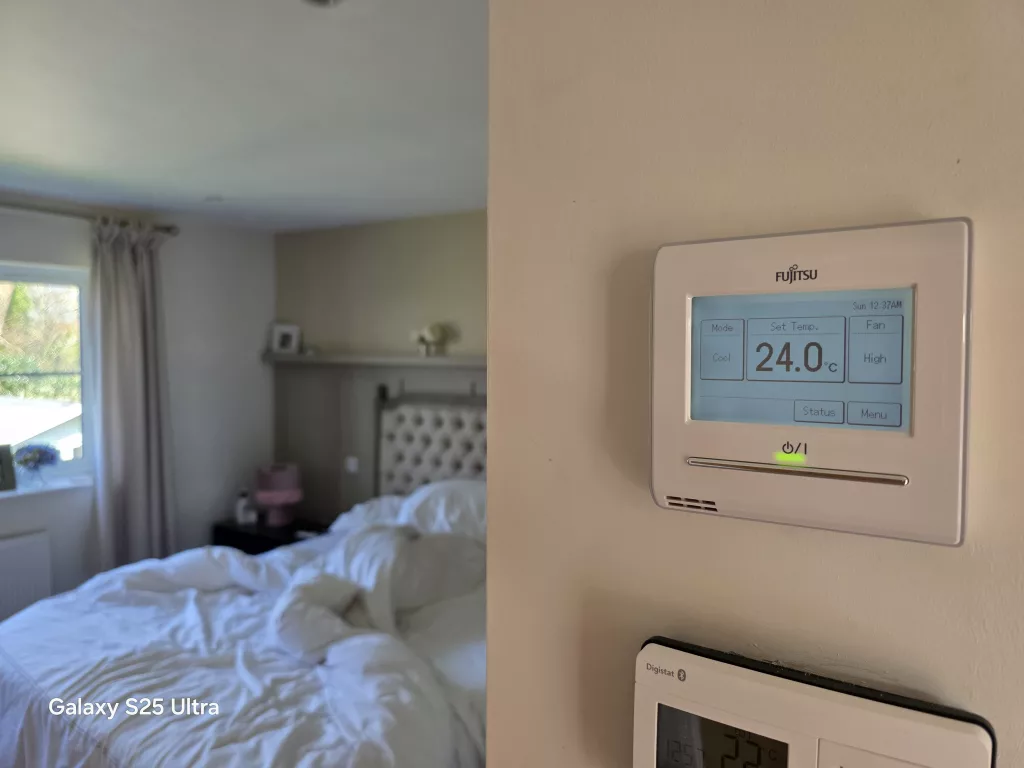
At the end of the installation, at the commissioning stage, obviously you are giving instructions to the to the customer regarding how they should use the system and then judging by their looks I’m definitely convinced that they don’t know exactly how they should use the air conditioning system and a lot of people are seeing those systems as just some glorified fans which they are definitely not so maybe we should start with what an air conditioning IS NOT first, and then we move towards what is an air conditioning.
An air conditioning is not a fan, and also, it’s not a radiator (because obviously you can use them for heating as well).
The fan. What is a fan then and why a fan can cool you down. More importantly, why a fan cannot cool down the room.
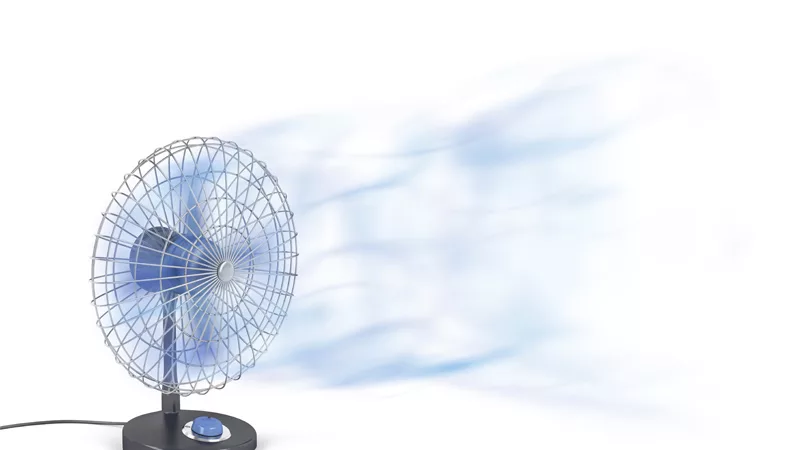
From the science class we know that when a liquid evaporates it requires energy to do that, and that energy is drawn from its surroundings. Therefore, the wet surface will be cooled down and this is how a fan is cooling us down by speeding up the evaporation on our skin.
Perspiration is the natural mechanism for our body to cool off. This is why we are producing moisture on our skin. That moisture is then evaporating, and the skin cools off, colling down the blood in the skin blood veins. The skin after all is the largest organ!

The problem is that the cooling effect is not that big after all. It helps decreasing the temperature with only a few degrees but the biggest problem is not that, it’s the fact that we cannot produce moisture constantly and at a higher rate, so eventually we’re going to run out of moisture and that cooling effect will stop no matter how strong the blow from the fan will be!
The skin is dry now and dry skin is not going to help us to cool down any more!
There are also other issues with dry skin health issues I won’t get into them but dry skin is prone to a number of skin conditions that we want to avoid.

Also, we need to talk a bit about humidity.
Humidity goes hand in hand with temperature usually when the temperature is high the humidity can be high as well . When the humidity is high the volume of water that can be transferred from your skin into the air is reduced that means when the humidity is high the cooling effect that the fan can have is reduced. The air conditioning system is also a D humidifier meaning is reducing the air humidity in the room and therefore creating a healthier environment. But more about this later.
What we need to understand is that the fan SHOULD blow towards us in order to work, and that the fan blows room temperature air. On the other hand, the AC should NOT blow towards us, as the air they blow is cooled air.
In fact, the more accessorized ac systems come with sensors to detect the human presence and direct the air blow AWAY from the people.
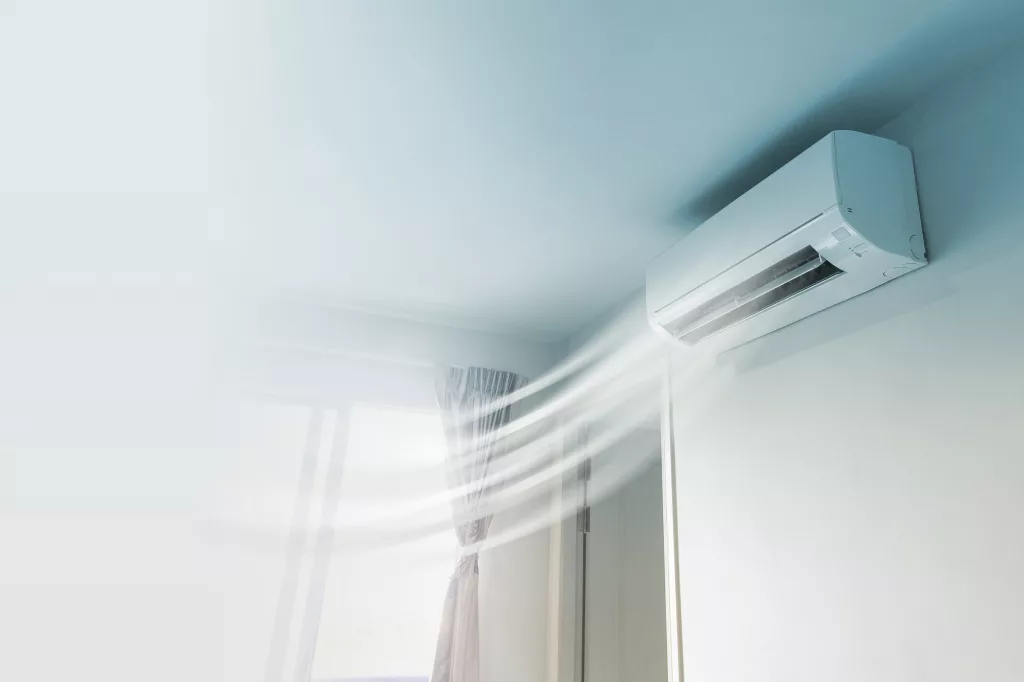
Thank you very much and let’s continue with our comparison.
Heat Pumps
Some heat pumps have this mode called cooling mode and what it does is basically pumping cold water into the radiators and most important into the floor heating system. I think this is a bad idea mainly because the effect is not big enough to justify the energy used and also because in the case of floor heating having a cold floor is not necessarily a good idea even if it’s summer outside. In my humble opinion this is more of a gimmick than a feature that you can make good use of. Heat pumps are good for heating and if you have one already installed you should use it only for heating and nothing else. Obviously when I’m talking about heat pumps I mean air to water heat pump because the modern air conditioning systems are in fact air to air heat pumps. So from the construction and design perspective there is absolutely no difference between how an air to water heat pump is working versus an air to air heat pump. The difference will be in how the heat exchange happens inside the house.
There are three different ways of how the energy can be transmitted and can move from one place to another.
This is:
- Conduction
- Convection
And
- Radiation
Conduction is not within our scope because it happens mostly in solids
Convection and radiation are the 2 main ways how the heat is transferred to our houses.
With the air to water heat pumps the heat exchange is done via radiation and via convection. The air conditioning is making the heat exchange ONLY via convection and not via radiation.
The similar thing between those two systems is the fact that they require to run for a long time in order to be effective. They both are best left on automatic settings so they can produce the maximum effect with the lowest energy consumption.
Now, for the radiators
Again comparing an air conditioning on heating mode with a radiator. A radiator is, judging by its name, radiating the thermal energy. They can be electric, or hot water radiators. There are oil storage heaters as well, but they are a very old technology, not that this its stopping the people to still buy them….
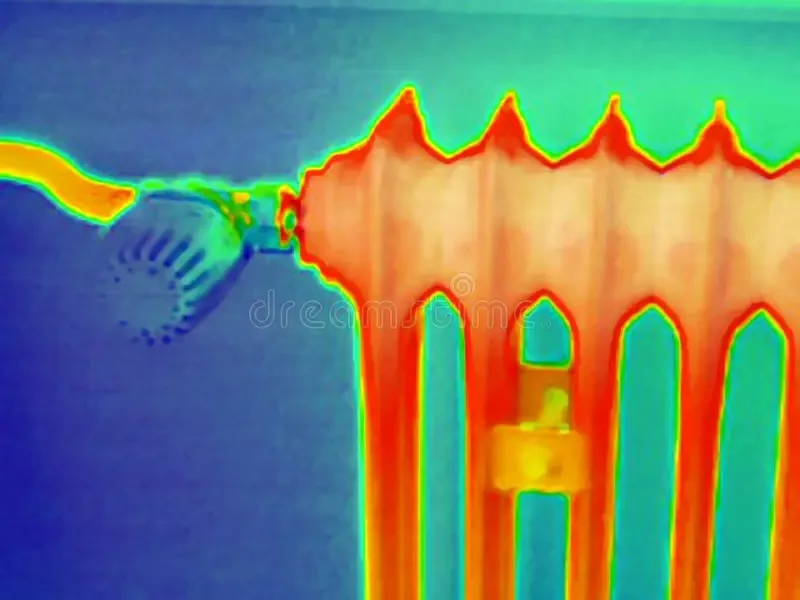
The radiator transfers a part of its energy via radiation to the close-by objects like furniture and walls and it’s also producing a convection effect.
With the radiators the effect is felt much later, whereas the air conditioning blow of warm air is felt immediately. However, both needs to be left running for a long time as the furniture and the walls needs to charge with the heat.
When it comes with controlling the heat, with the heat pump or gas boiler heating systems, there is usually only one thermostat installed somewhere in the house. TRVs exists and they can control each radiator separately but in reality, I haven’t seem much of those installed.
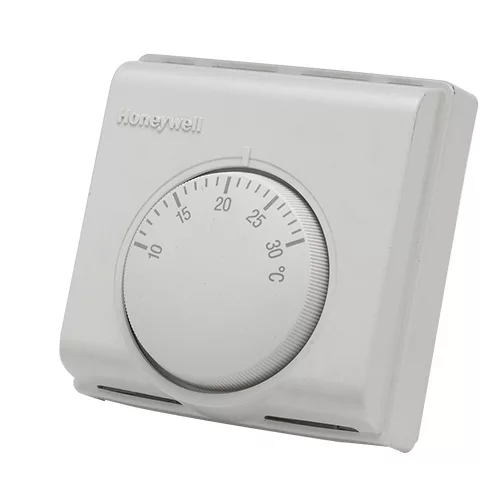
With AC, the control is usually individual for each room or space.
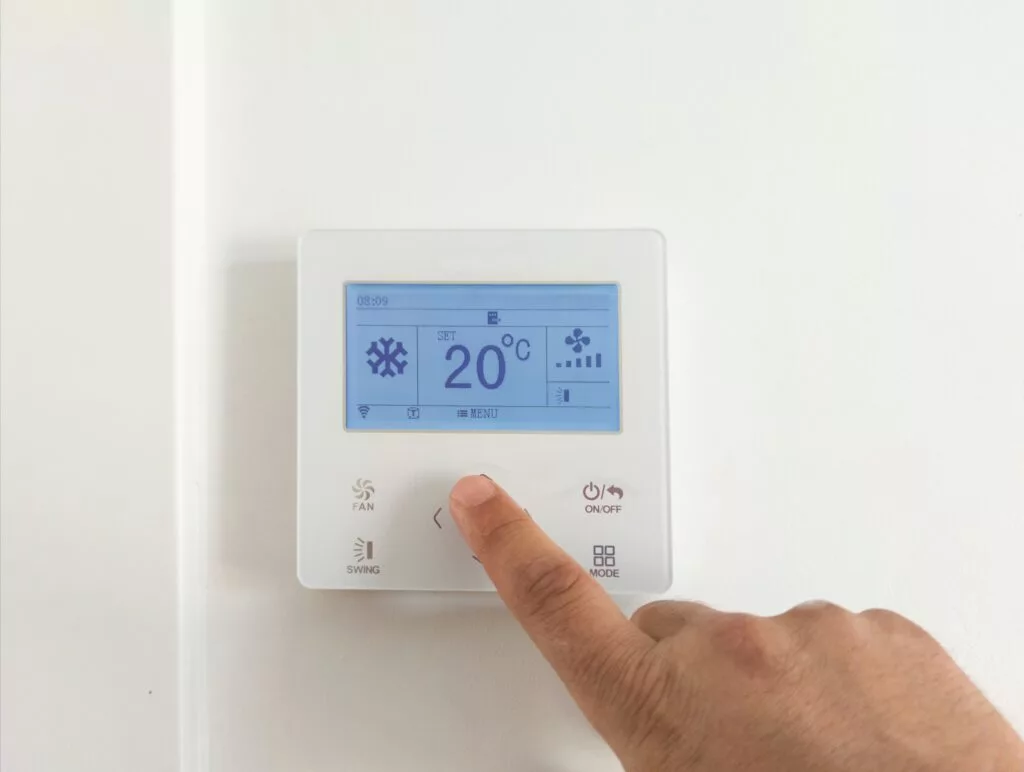
If it’s set on automatic mode, and the temperature is set correctly, then the power consumption it’s much less. In fact it’s about 3.8 less than with an electrical radiator for example.
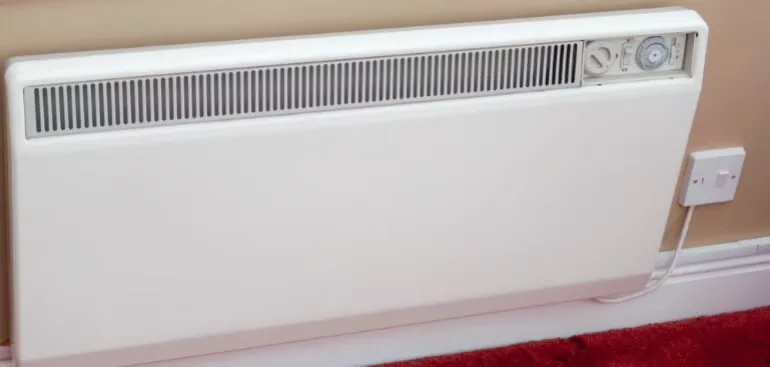
Let me give you an example as I’ve been accused to preach for some kind of physics law breaking where more energy comes out of a system than enters!
Say we have an electrical radiator that takes 1kW from the grid and in an ideal case where there is no loss, they can produce 1kW worth of heat.
That 1kW worth of heat can be “produced” by an ac system by using 3.8 less electrical energy. The trick is that they do not actually producing the energy, they are only moving the energy from one place to another. From the outside into the inside for heating, or from the inside to the outside for cooling. More about this in a dedicated video about how the ac system works!
From what we’ve seen previously, we can easily understand that an air conditioning system it’s a very good method of controlling the house temperature and humidity, but we need to follow a few rules:
- Set the air conditioning on automatic mode
- Set the temperature correctly – the Thermal neutral zone -TNZ as defined by the specialized publications, starts from 21 degrees and goes up to 30 degrees. The TNZ is defined as the “range of temperatures of the immediate environment in which a standard healthy adult can maintain normal body temperature without needing to use energy above and beyond normal basal metabolic rate.”
So, when you hear people saying that they are perfectly comfortable with 17 degrees in their houses, kindly point to the one sweater, 2 jackets and one duvet they are wearing all the time…. They are in fact living within the TNZ, only that it’s only for them not for the rest of the house.

- Leave the AC on all the time – if it doesn’t need to do anything, it wont, therefore it will use almost no energy at all. In idle mode they are maintaining just a small flow of air, just to be able to detect the room temperature.
- Avoid the direct blow of cold air towards you.
- Clean the air conditioning filters regularly and have the yearly servicing for the outdoor unit. Again, in a separate video we will see what a dirty condenser and / or evaporator can produce.
More videos will follow on this topics as we only scratch the surface on some of them.
A good idea will be to subscribe now so you do not miss the next videos.
I also plan to film some air conditioning installations, but since the wall mount type has been shown over and over again on youtube, I think I better show some other type of ac systems, such as the ducted systems. They make sense for upstairs ac, where the loft above offers plenty of space for the indoor unit and the ducts.
So stay tuned! Good by for now and you will see me soon with another video!

You must be logged in to post a comment.